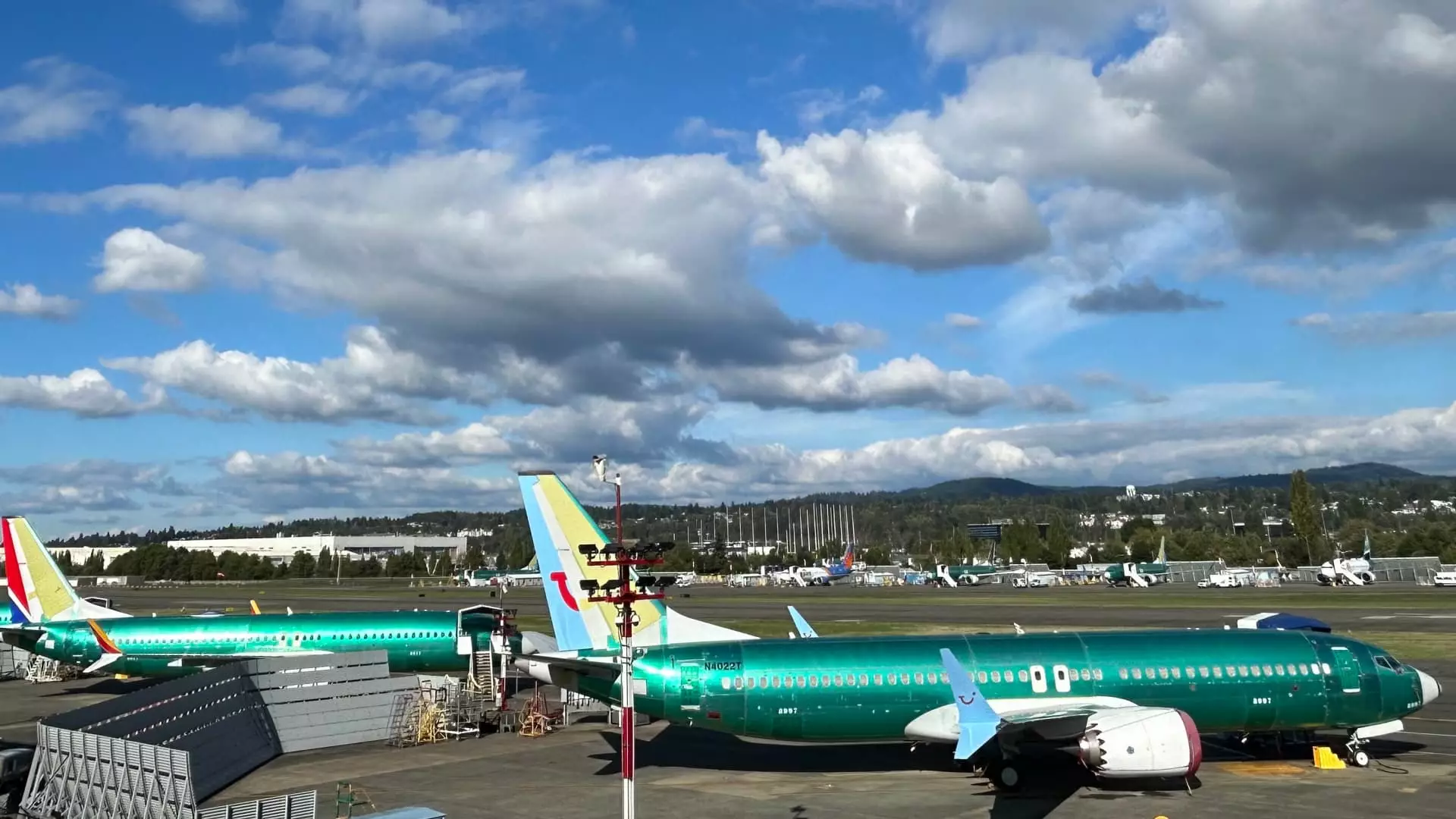In recent weeks, President Donald Trump has voiced his growing irritation regarding the significant delays in the delivery of the new Boeing 747s, intended to serve as the updated Air Force One. Initially negotiated during his first term, these aircraft are now running several years behind schedule. Unfortunately, it remains uncertain whether these planes will be delivered in time for Trump’s current term, as the financial implications of the project become increasingly controversial.
The original contract for the Air Force One aircraft totaled $4 billion; however, as of now, cost overruns have surpassed $2 billion. This considerable financial burden has raised concerns both within the government and among taxpayers regarding the efficacy of management and oversight in such high-stakes contract negotiations. With funds being funneled into these expensive projects, questions surrounding fiscal responsibility and the effective use of taxpayer dollars are imminent.
To compound matters, Elon Musk—a notable entrepreneur and advisor to Trump—has become involved in seeking resolutions with Boeing. Musk’s innovative approach aims to expedite the process, indicating potential for collaboration between established aerospace protocols and cutting-edge technological solutions. The chief executive of Boeing, Kelly Ortberg, acknowledged Musk’s contributions during a recent Barclays industrial conference, stating that his involvement helps strip down non-essential constraints, thereby facilitating a swifter production timeline.
In light of escalating frustrations, Trump has openly considered alternative solutions, including the possibility of procuring an existing aircraft. His recent inspection of a parked 747 at Palm Beach International Airport highlights a proactive approach amidst mounting delays. Such considerations may signify a departure from traditional procurement processes, prompting an exploration of available resources rather than waiting for delayed new builds.
However, this shift to alternative aircraft raises questions about how prepared the government is to adapt to emerging challenges. Could this decision lead to a more flexible acquisition strategy in case of urgent need? Alternatively, would this be perceived as a lack of confidence in Boeing, potentially damaging the longstanding relationship between the aerospace giant and the U.S. government?
The delays attributed to Boeing are not exclusive to the Air Force One project; they reflect broader concerns regarding the company’s manufacturing capabilities. Over recent years, customers across the airline sector have experienced significant delays, exacerbated by the COVID-19 pandemic and subsequent production setbacks. The industry is slowly beginning to emerge from these challenges, with many executives expressing renewed optimism in Boeing’s direction.
Under Ortberg’s leadership, it appears that Boeing may have turned a corner. His comments at the Barclays conference indicate that the company is focused on enhancing reliability and efficiency in their supply chain processes. United Airlines CFO Mike Leskinen conveyed strong confidence in Boeing’s turnaround capabilities, while Southwest Airlines’ CEO, Bob Jordan, noted the positive trajectory that Boeing seems to be on. The feedback hints at a growing belief that Boeing is in a strong position to ramp up production in the coming months, particularly concerning its best-selling 737 Max aircraft.
As the challenges surrounding the new Air Force One aircraft unfold, they encapsulate broader issues of corporate responsibility, government oversight, and the resilience of the aviation industry as a whole. While President Trump’s frustrations are understandable given the delays and financial implications, the situation also presents opportunities for innovative solutions and collaborative efforts. With key players like Elon Musk involved, the potential for revitalized production timelines is not only a priority for the presidency but also an essential focus for the entire sector.
Ultimately, the successful resolution of the Air Force One contract could set a precedent for future government procurement strategies, showcasing how adaptability, technology, and communication can pave the way for overcoming significant hurdles in the aerospace domain.

